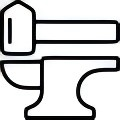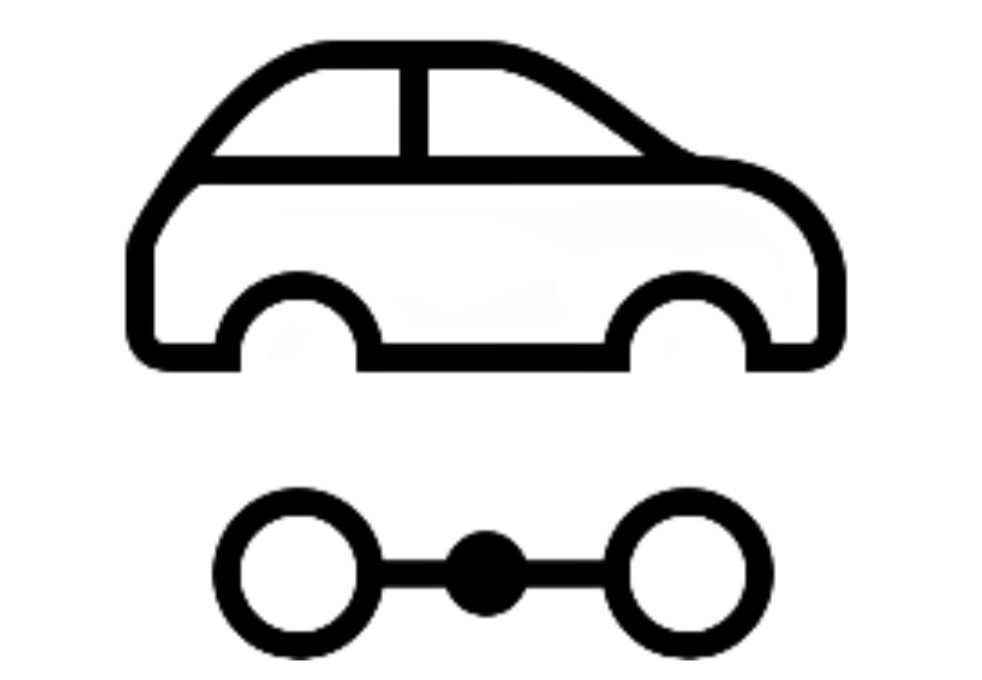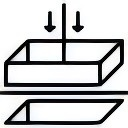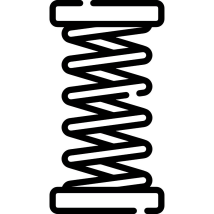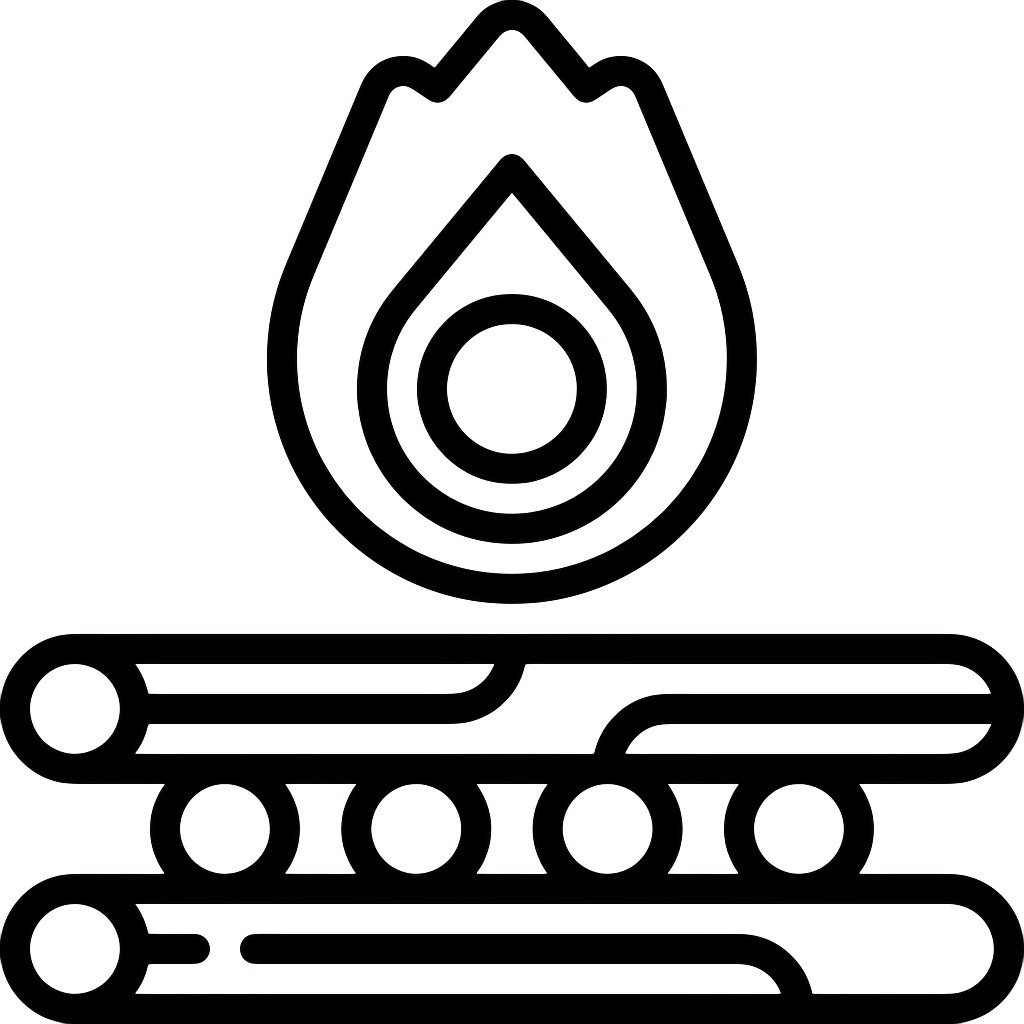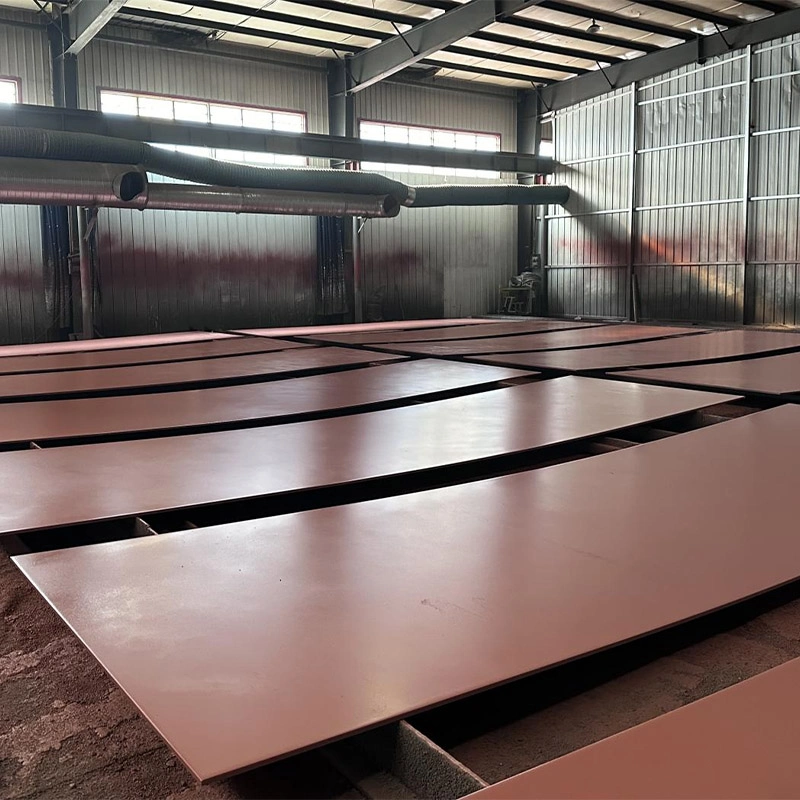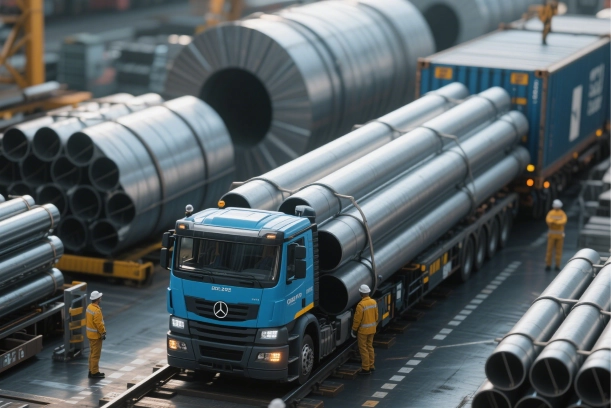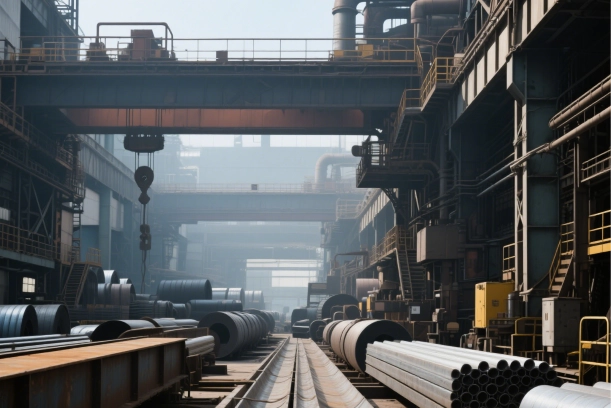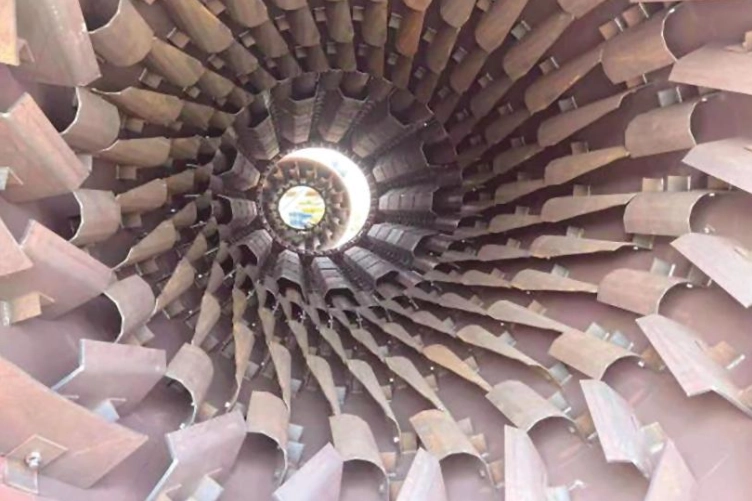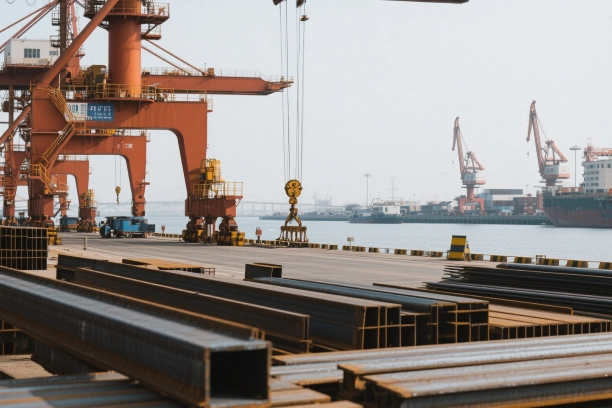
Industries such as mining, construction, farming, and material handling deal with constant equipment wear. This increases expenses and downtime. Abrasion-resistant (AR) steel provides a powerful solution. It blends exceptional toughness with major cost reductions and eco-friendly benefits. At Promispecial®, we focus on crafting customized AR steel products to boost efficiency. This article examines how AR steel transforms heavy industry. It delivers lasting value through creative uses and personalization. Let’s explore why AR steel is essential for budget-minded businesses.
What Is Abrasion-Resistant Steel (AR Steel)?
Defining the Material’s Distinct Traits
Abrasion-resistant steel is designed to endure severe wear. Its high strength comes from a unique blend. It typically scores 400–500 on the Brinell scale. AR steel includes higher amounts of carbon, manganese, and alloys like chromium and molybdenum. These elements form a strong structure. It resists scraping, grinding, or impact. Unlike regular carbon steel, which erodes fast under pressure, AR steel stays intact. It prevents surface damage and cracks. This makes it perfect for places where equipment faces ongoing friction or hits. Parts last longer and work better.
AR steel’s durability doesn’t limit its flexibility. With proper methods, it can be cut, welded, or shaped. This allows many uses. Its ability to handle tough settings without losing strength makes it unique. It stands out from softer, less durable materials. It’s a vital part of heavy industry. Its top performance in each Industry makes it very essential in factories.
Key Uses in Heavy Industry
AR steel is critical in sectors with heavy wear. In mining, it shields conveyor systems and chutes from rough ores. Construction depends on it for bulldozer blades and excavator buckets. These face constant scraping against rocks and dirt. Farming uses it in plows and tillage tools. Soil wear is a daily issue there. Material handling gains from AR steel in hoppers and bins. Repetitive friction wears down standard materials at transfer points.
Picture a quarry handling tons of gravel each day. Without AR steel, crusher jaws might fail in months. This stops work and costs thousands to fix. AR steel extends part life. It keeps operations smooth and profitable.
Why Abrasion-Resistant Steel Saves Money
Durability in Tough Conditions
AR steel’s main benefit is lasting longer than traditional materials in harsh settings. Regular steel buckets might need replacing every six months in mining. AR steel can stretch that to two years or more. A Canadian gold mine proved this. They switched to AR steel for conveyor liners. Replacement needs dropped by 70%. This saved over $200,000 yearly. Longer life means lower spending on new parts.
AR steel’s strength also cuts surprise breakdowns. In tough settings, worn parts can fail suddenly. This causes expensive delays. AR steel resists wear. It ensures steady performance. Operators can plan upkeep wisely. They don’t just react to crises.
Lower Maintenance Expenses Over Time
AR steel reduces upkeep costs beyond fewer replacements. Parts made from weaker materials need constant checks and fixes. This leads to downtime. It hurts productivity. AR steel’s toughness lowers these needs greatly. A construction company used AR steel grader blades. They cut maintenance time by 50% compared to regular steel. This freed workers for other jobs.
Looking at total ownership costs, AR steel beats alternatives. Its initial price may be higher. But long-term savings are huge. A standard steel chute might cost $5,000 to replace yearly. An AR steel version could last five years. This drops the yearly cost to $1,000 or less. Savings grow across many machines. AR steel is a smart financial choice.
Energy Savings and Better Operations
AR steel’s power allows lighter designs. It keeps toughness intact. Thinner, lighter parts reduce the weight of buckets or conveyor belts. This cuts fuel or energy use. In a group of loaders, AR steel bucket liners lowered vehicle weight by 15%. Fuel use dropped nearly 10%. This efficiency improves return on investment. It reduces running costs over time.
Lighter parts also boost machine performance. Less strain on engines and hydraulics extends equipment life. This adds more savings. For industries with slim profits, these small wins matter greatly.
What are The Creative Uses of Abrasion-Resistant Steel
Redesigning Wear Parts for Heavy Equipment
AR steel is reshaping wear parts in big machines. Bucket liners, crusher plates, and chute linings gain from its strength. They handle bigger loads with less wear. Customization matters. Tailored AR steel parts fit equipment exactly. This improves performance. A mining firm used custom AR steel crusher plates. Throughput rose by 20%. Better fit reduced jamming.
This accuracy extends part life. It cuts downtime. Designing parts for specific wear patterns ensures top efficiency. It reduces frequent replacements.
Eco-Friendly Benefits
AR steel aids sustainability by cutting waste. Its long life means fewer replacements. This saves raw materials and energy used in production. One AR steel part can outlast three or more regular steel ones. This shrinks environmental impact. It matches industry ESG goals. It helps firms meet rules and stakeholder demands for greener practices.
Why Choose the Best Abrasion-Resistant Steel
Understanding Types and Grades
AR steel has grades like AR400 and AR500. Each fits specific needs. AR400 balances hardness and weldability. It’s great for moderate wear and impact. AR500 is harder. It excels in extreme wear but is tougher to weld or machine. Factors like temperature and wear type guide choices. For example, AR400 works for construction blades in soil. AR500 suits mining chutes with sharp ores.
The Value of Personalization
Customization maximizes AR steel’s potential. Tailored thickness, cutting, and finishing meet precise needs. Promispecial® abrasion-resistant steel offers exact customization. It delivers parts that boost performance and cost savings for unique challenges. You can contact us for any needs!
FAQ
Q: Can abrasion-resistant steel be welded or machined easily?
A: Welding or machining high-hardness grades requires care. Specialized techniques, like low-heat welding or specific tools, make it manageable. With the right expertise, it can be shaped or joined effectively, maintaining its versatility for various applications.
Q: How does abrasion-resistant steel improve sustainability?
A: Its long lifespan reduces the need for frequent replacements. This cuts down on raw material use and manufacturing energy. One part can outlast several regular steel components, shrinking waste and supporting eco-friendly practices in heavy industry.
Q: Is abrasion-resistant steel cost-effective for small-scale operations?
A: Yes, it’s cost-effective even for smaller projects. The durability lowers downtime and maintenance expenses, delivering strong returns. Fewer repairs and replacements mean savings that add up, making it a smart choice regardless of project size.


